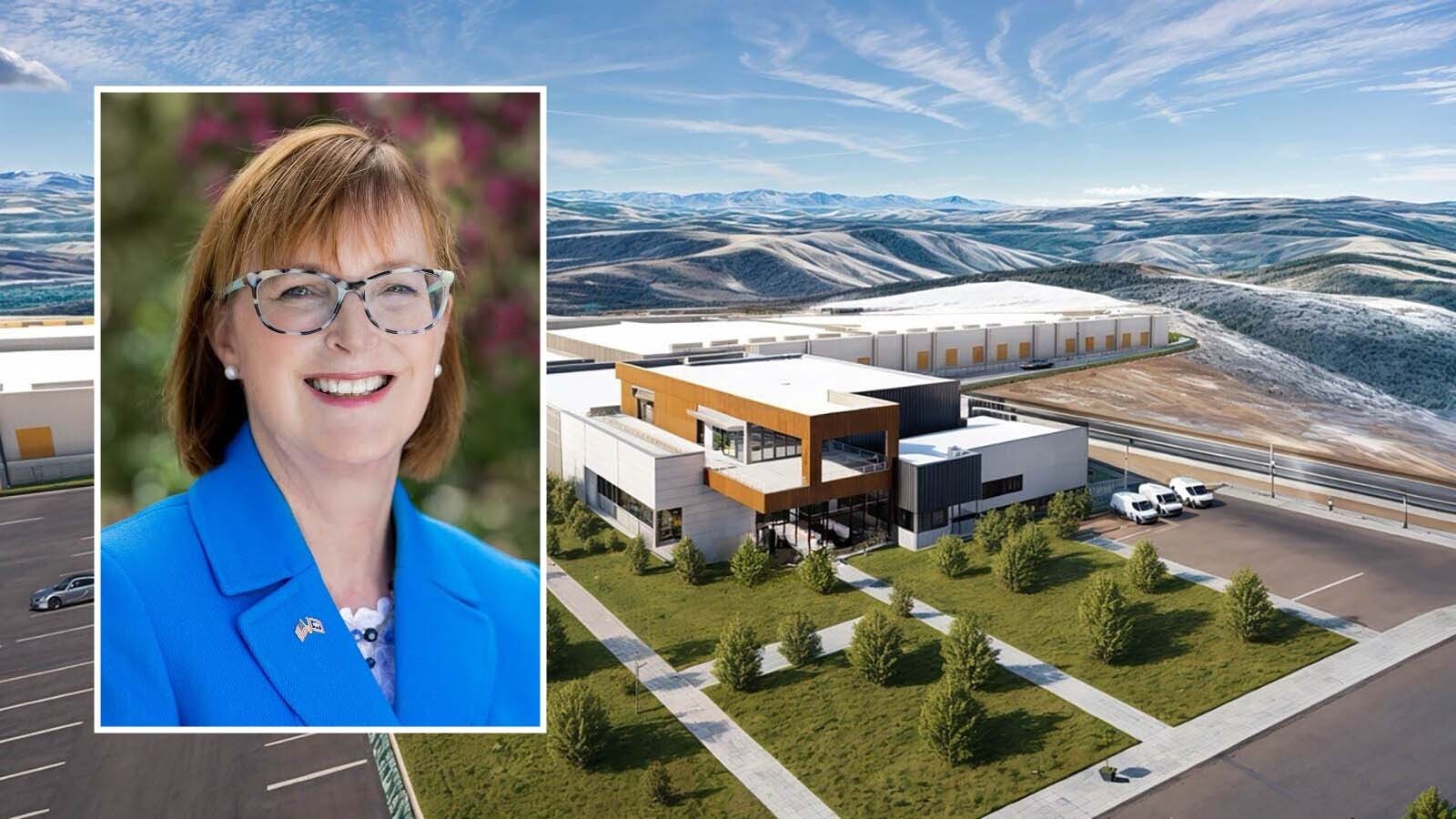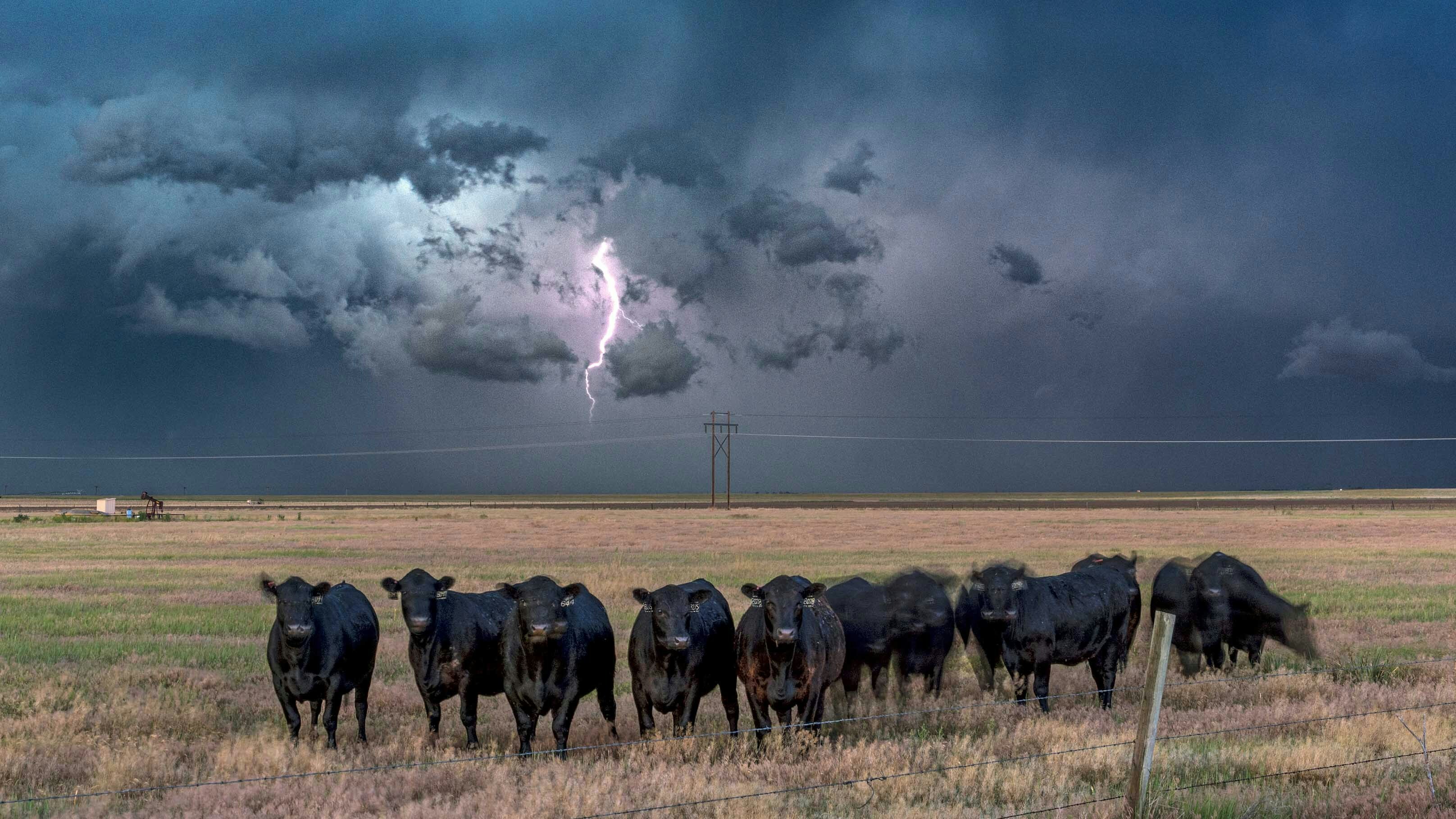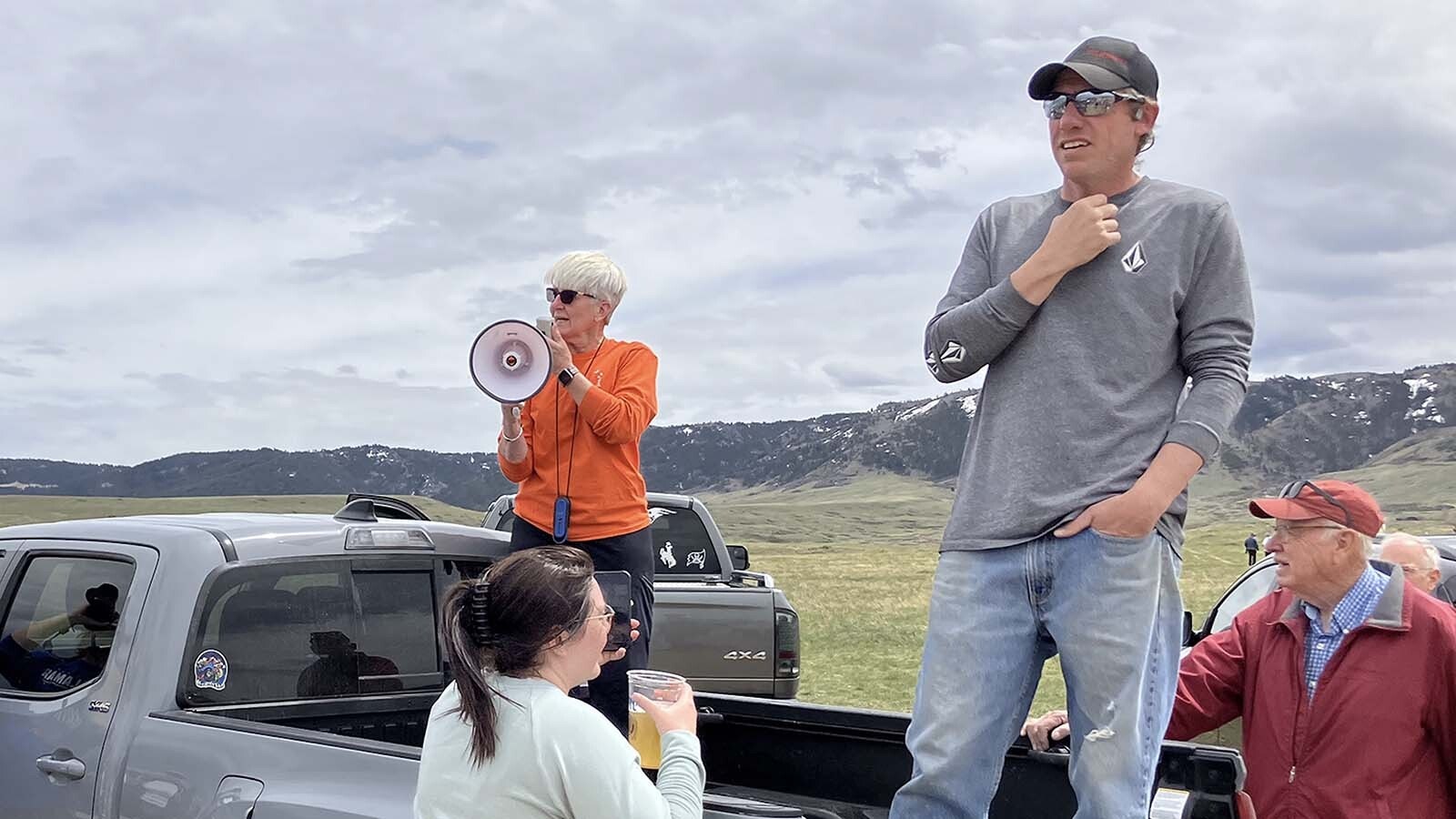Every week for the last five years, Wyoming lost an average of about 5.5 of its farms and ranches — a total of around 1.2 million food-producing acres, according to USDA’s latest Census of Agriculture.
The most recent farm and ranch to fall to this trend may well be the historic Antlers Ranch near Meeteetse, now on the market for $85 million
The ranch has been in the same family since 1895 and has never been for sale before.
It has lately been under the stewardship of Sam May, who came back home to the family ranch in 1987, after college. He’d gone to college to study English and journalism, mainly because he had an older brother who he’d thought would be taking the ranch over. That meant he needed a different occupation.
But, ultimately, it was May his father called when the time came to settle the matter of the ranch’s succession.
“My father basically said either you come back, or we’re gonna sell,” May told Cowboy State Daily. “And that was an easy decision. There is nowhere else I would rather be. I’ve been here ever since, so 37 years.”
May counts those years stewarding one of Wyoming’s most historic ranches as a gift, but it is a gift that he’s worked hard for. Livestock don’t take vacations, and neither do ranchers.
“There is no typical day,” May said. “Every day is a new day. If it’s winter, we’re feeding calves. We raise bison but, just like cattle, we wean our bison calves, so we have feeding, checking water, doing things like that.”
When he’s done with the animals, he works on anything that needs fixing, whether it’s housing, equipment, or corrals. There’s almost always something that needs to be fixed on a ranch.
Changing To Bison
Antlers Ranch started out as a cattle ranch, founded by a German immigrant who traveled up the Missouri River on a flatboat to Fort Benton in Montana, before disembarking and making his way to Wyoming.
Initially, the ranch focused on feeding all the miners seeking gold in Kirwin, but Ernest May Sr. decided to trade all of his interest in the mining company that owned Antlers Ranch for sole ownership of the ranch.
Antlers remained a cattle farm until the mid-90s, Sam May told Cowboy State Daily, when it switched to bison. At that time, prices for cattle had become very low, and it was not easy to break even on them.
May’s father was all in 110% at the time, May recalled, but May wanted to hedge his bets a little.
So they sold just half of the cattle herd at first, switching it over to bison.
“He was right,” May said. “Honestly, ranchers have a tendency to go with what they know, and I grew up with cattle, so that’s what I understood.”
Within three months of trying a half herd of bison though, May, too, was all in.
“I sold them all and then all of a sudden I’ve got a herd of 300 young buffalo and a lot of 100-year-old fences,” May said, laughing. “You know, it was an education, but I didn’t have the choice but to learn.”
Bison have been cheaper for Antlers Ranch than cattle, May said.
“There are so many things we don’t have to do with bison, like calving, like intensive feeding through the winter, things like that,” May said. “In an area like this, where you get a fairly heavy snow load, it offers you a little bit cheaper way of raising animals.”
That’s not to say they’re better.
“They’re just different,” May said. “Bison like to be out there in the winter grazing, and we’re not having to feed them, so that saves quite a bit of money.”
Antlers Ranch still raises the hay they used to grow for cattle, as well as other agricultural commodities. That gives it a bit of market flexibility.
“We sell some of that,” May said. “But when we’re weaning calves and growing out our yearlings and 2-year-olds, they’re still getting fed in the winter to help support them. That gives us a little more latitude.”
Diversify, Modernize and Survive
Diversification has been the key to keeping the Antlers Ranch going as long as it has, May said.
“We’re fortunate to have oil income,” he said. “Which is very helpful sometimes, and sometimes not as much, but you never sneeze at a dollar right?”
In addition to selling commodities like hay and bison, the ranch does some custom butchering as well, and works with a company that does rock crushing.
“We do a little bit of everything,” May said.
Technology like pivots, flood irrigation and GPS systems have helped keep labor costs in check in some areas, May said, but mostly what he relies on are good, smart people.
“They work hard,” he said. “So, we’re able to get by with a lot less people than most places probably would.
May said he’s looked at drones, but wrecked one early on, and hasn’t fooled around with it any more.
“The technology that’s coming around is interesting,” he said. “It is amazing the opportunities that our new generations coming in will have. Hopefully it will save them a lot of time, effort and labor.”
Lately, May has been looking at adding some cattle back into his herd. That’s the direction he thinks he would go now, if he were keeping the ranch.
“I absolutely love running bison, I really do,” He said. “But there are things about cattle I miss. I miss cowboying. I miss being horseback. I miss breaking colts when I used to do that a long time ago, and things like that. But you can’t have it all.”
Horses don’t work for herding bison, May added.
“We train the bison early, when they’re calves and stuff, so we really don’t need to be horseback any more,” he said. “And, you know, your average horses can’t outrun bison. They can’t last as long as bison. As far as moving them, four wheelers work the best, and honestly, leading them with a cake truck works even better.”
Still he does miss riding horseback out on the range.
On the other hand, May said with a chagrined laugh, “I wonder if I’m as limber as I used to be?”
Ranchers Tire Of Just Surviving
May hopes that whoever buys Antlers Ranch will continue to run it as a ranch.
But he is also keenly aware that may not happen, and it is bittersweet. He’s proud of the ranch, proud of his family’s legacy, even if he is hesitant to talk about it, lest that be seen as bragging.
It would be nice if that happened,” he said. “But you have to face the fact that when you’ve made a choice to sell something, that new owner is going to make a choice of how they would like to run it, right, and that’s the way it is.”
An $85 million price tag means whoever buys the ranch likely would not make enough income to pay the mortgage, May acknowledged.
Selling the Antlers Ranch was a family decision, May told Cowboy State Daily. But, he added, he understands why Wyoming and America are losing so many of its farms and ranches.
“The younger generation sees a better way of living, outside of agriculture,” he said. “The hours, the amount of work, the seven days a week and things like that — it doesn’t appeal to a lot of people. It just takes a different, someone who loves the lifestyle.”
But there’s more to it than just that, May added.
“People look at a steak and say, ‘Oh my, God, that steak is costing me $20’ right?” May said. “But yet an $80,000 truck is OK. You see where I’m coming from?”
May’s point is that the cost of trucks has gone up quite a bit more than food prices have over the years. Yet the share of the food dollar that farms and ranches get has continued to drop off.
That’s one of the reasons May went to custom butchering, so the ranch could keep more of that retail dollar home.
“Then when your average tractor is plus or minus $100,000, people wonder why farmers and ranchers are having troubles paying for things,” May said. “And why they’re doing government subsidies and all the rest of the garbage.”
May, to be clear, isn’t for subsidies at all. But he understands that for some farms and ranches it’s a matter of survival.
“And that’s a good, a perfect word right there,” he said. “Survive. And that’s why you’re seeing a lot of farmers and ranchers are getting out. They’re tired of just surviving.”
Renée Jean can be reached at renee@cowboystatedaily.com.













